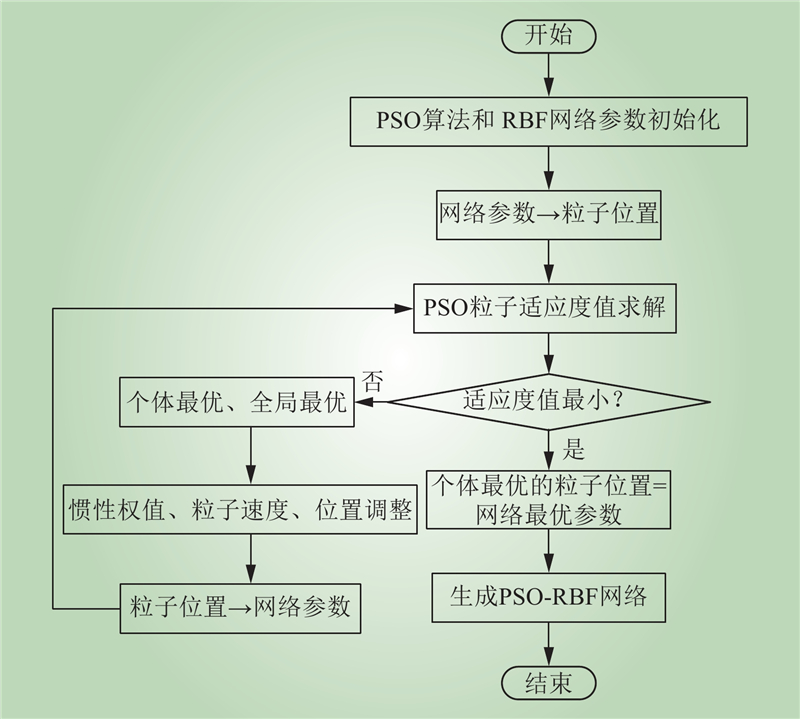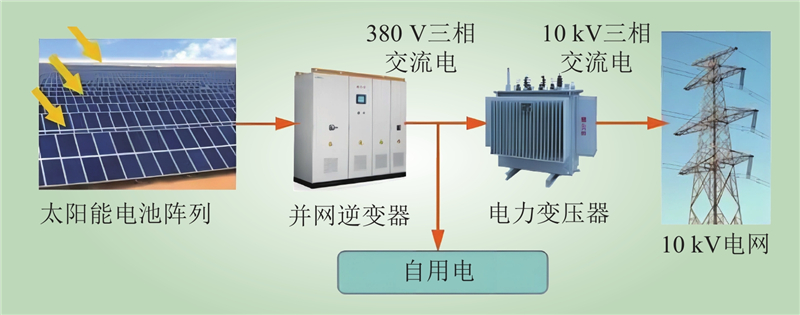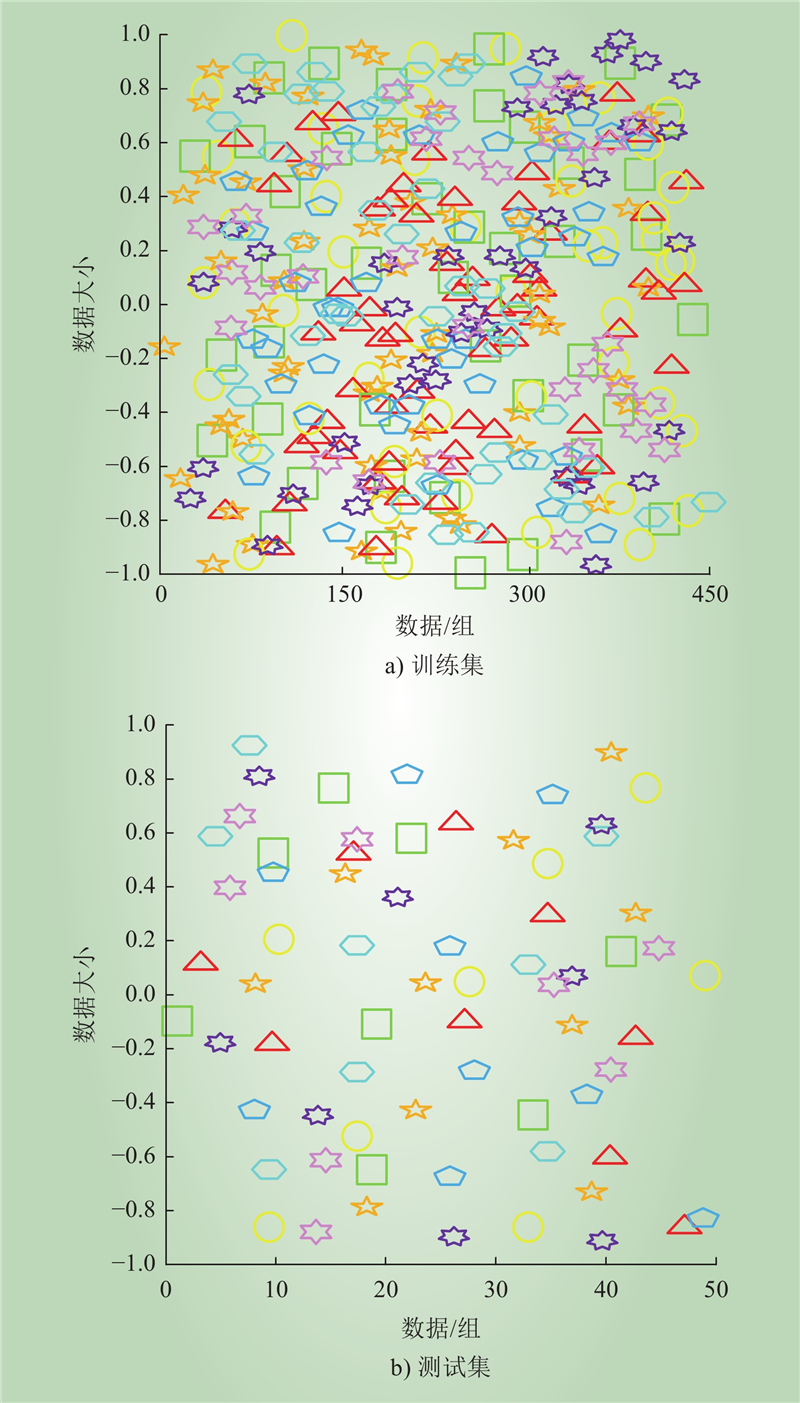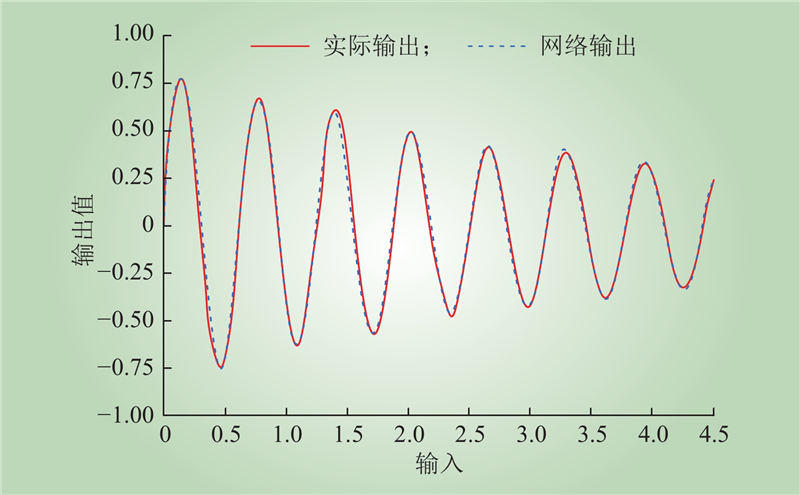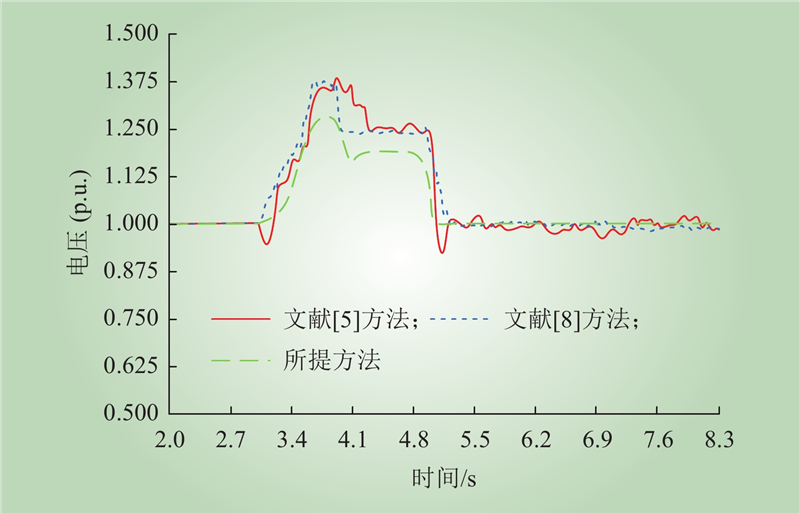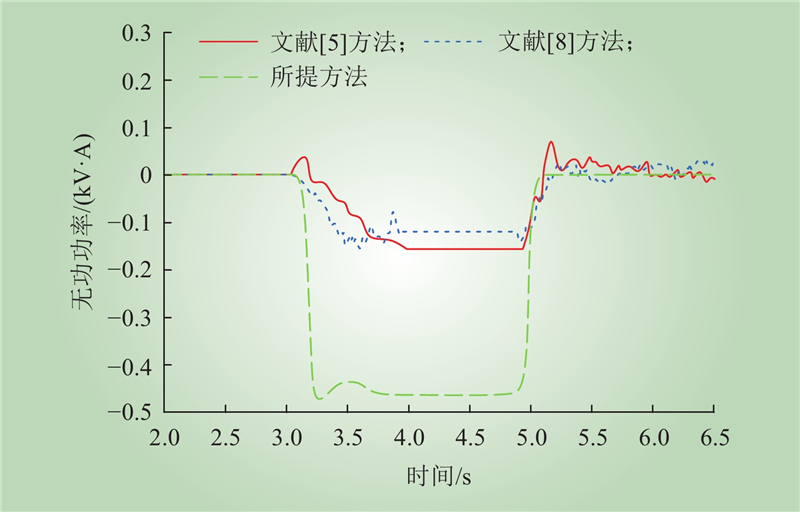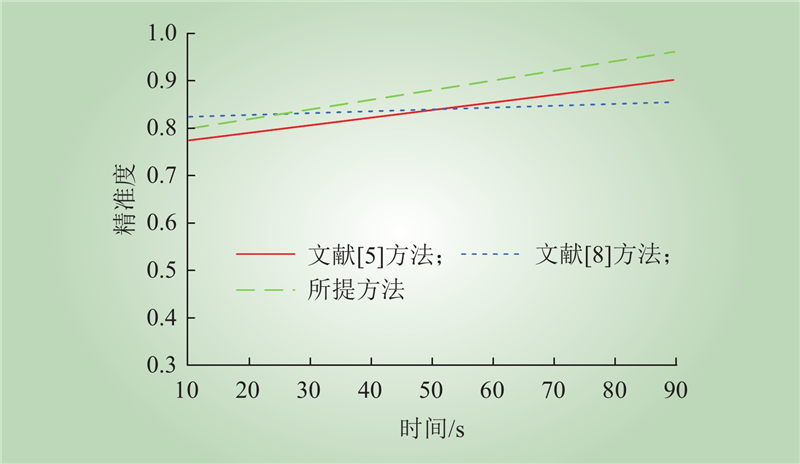| 1 |
魏春晖, 单林森, 胡大栋, 等. 面向需求响应的园区虚拟电厂优化调度策略[J]. 中国电力, 2025, 58 (6): 112- 121.
|
|
WEI Chunhui, SHAN Linsen, HU Dadong, et al. Optimal scheduling strategy of park-level virtual power plant for demand response[J]. Electric Power, 2025, 58 (6): 112- 121.
|
| 2 |
周洋, 黄德志, 李培栋, 等. 考虑平衡端点相位不对称及光伏接入的低压配电网三相潮流模型[J]. 中国电力, 2024, 57 (10): 190- 198.
DOI
|
|
ZHOU Yang, HUANG Dezhi, LI Peidong, et al. A three-phase power flow model for low-voltage distribution networks considering balanced bus phase asymmetry and photovoltaic access[J]. Electric Power, 2024, 57 (10): 190- 198.
DOI
|
| 3 |
杨康, 李蓝青, 李艺丰, 等. 一种新型分布式光伏出力区间预测方法[J]. 发电技术, 2024, 45 (4): 684- 695.
|
|
YANG Kang, LI Lanqing, LI Yifeng, et al. A novel distributed photovoltaic output interval prediction method[J]. Power Generation Technology, 2024, 45 (4): 684- 695.
|
| 4 |
惠慧, 李蕊, 朱逸镝, 等. 含高比例分布式光伏的配电网多目标概率规划方法[J]. 电测与仪表, 2023, 60 (11): 2- 10.
|
|
HUI Hui, LI Rui, ZHU Yidi, et al. Multi-objective probabilistic planning method for distribution network with high proportion of distributed photovoltaic[J]. Electrical Measurement & Instrumentation, 2023, 60 (11): 2- 10.
|
| 5 |
刘其辉, 董楚然, 吴勇, 等. 直流换相失败下双馈风电机组特性描述及暂态过电压抑制[J]. 电力系统自动化, 2022, 46 (8): 29- 38.
DOI
|
|
LIU Qihui, DONG Churan, WU Yong, et al. Characteristic description and transient overvoltage suppression of doubly-fed wind turbines with LCC-HVDC commutation failure[J]. Automation of Electric Power Systems, 2022, 46 (8): 29- 38.
DOI
|
| 6 |
张起瑞, 辛超山, 李凤婷, 等. 多直流协调的新能源送端地区暂态过电压抑制策略[J]. 电力工程技术, 2023, 42 (1): 98- 106.
DOI
|
|
ZHANG Qirui, XIN Chaoshan, LI Fengting, et al. Multi DC coordinated transient overvoltage suppression strategy for high proportion new energy sending terminal area[J]. Jiangsu Electrical Engineering, 2023, 42 (1): 98- 106.
DOI
|
| 7 |
林圣, 兰菲燕, 刘健, 等. 高压直流输电送端电网暂态过电压机理与抑制策略综述[J]. 电力科学与技术学报, 2022, 37 (6): 3- 16.
|
|
LIN Sheng, LAN Feiyan, LIU Jian, et al. Overview of transient overvoltage mechanism and suppression strategies of high voltage direct current transmission grid[J]. Journal of Electric Power Science and Technology, 2022, 37 (6): 3- 16.
|
| 8 |
LIU X F, ZHANG P, DENG X Y, et al. Hierarchical overvoltage predictive control scheme for a DFIG-based wind farm[J]. Electric Power Systems Research, 2023, 217, 109172.
DOI
|
| 9 |
张姝, 陈豪, 肖先勇. 基于RBF神经网络的光伏并网系统自适应等效建模方法[J]. 电力系统保护与控制, 2024, 52 (4): 77- 86.
|
|
ZHANG Shu, CHEN Hao, XIAO Xianyong. Adaptive equivalent modeling method for photovoltaic grid-connected systems based on an RBF neural network[J]. Power System Protection and Control, 2024, 52 (4): 77- 86.
|
| 10 |
杨昊, 胡文秀, 张璐, 等. 基于ADASYN数据平衡化的PSO-BPNN变压器套管故障诊断[J]. 电力工程技术, 2024, 43 (2): 170- 178.
DOI
|
|
YANG Hao, HU Wenxiu, ZHANG Lu, et al. Fault diagnosis of transformer oil-paper bushings in PSO-BPNN algorithm based on ADASYN data balancing[J]. Electric Power Engineering Technology, 2024, 43 (2): 170- 178.
DOI
|
| 11 |
王钰, 郝毅, 王磊, 等. 基于改进粒子群算法的多能微网多目标优化调度[J]. 电测与仪表, 2023, 60 (11): 29- 36, 59.
|
|
WANG Yu, HAO Yi, WANG Lei, et al. Multi-objective optimal dispatching for multi-energy microgrid based on improved particle swarm optimization algorithm[J]. Electrical Measurement & Instrumentation, 2023, 60 (11): 29- 36, 59.
|
| 12 |
郝韩兵, 王同文, 朱思杰, 等. 基于5G和粒子群算法的配电网差动保护[J]. 电测与仪表, 2025, 62 (7): 148- 155.
|
|
HAO Hanbing, WANG Tongwen, ZHU Sijie, et al. Differential protection of distribution network based on 5G and particle swarm algorithm[J]. Electrical Measurement & Instrumentation, 2025, 62 (7): 148- 155.
|
| 13 |
杨桢, 马钰超, 李丽, 等. 基于HHT和GA-BP的电压暂降源定位方法[J]. 中国电力, 2022, 55 (3): 97- 104.
DOI
|
|
YANG Zhen, MA Yuchao, LI Li, et al. A novel method for voltage sag source location based on HHT and GA-BP[J]. Electric Power, 2022, 55 (3): 97- 104.
DOI
|
| 14 |
肖兵, 张雅婷, 刘颂凯, 等. 基于PCC和KELM的电力系统暂态稳定分析方法[J]. 内蒙古电力技术, 2023, 41 (3): 57- 62.
|
|
XIAO Bing, ZHANG Yating, LIU Songkai, et al. Transient stability analysis method of power systems based on PCC and KELM[J]. Inner Mongolia Electric Power, 2023, 41 (3): 57- 62.
|
| 15 |
张兴, 李旭, 田杰, 等. 构网型储能与调相机的暂态过电压抑制能力对比研究[J]. 浙江电力, 2024, 43 (2): 88- 95.
|
|
ZHANG Xing, LI Xu, TIAN Jie, et al. Comparison of transient overvoltage suppression capability of grid-forming converter and synchronous condenser[J]. Zhejiang Electric Power, 2024, 43 (2): 88- 95.
|
| 16 |
何国庆, 王伟胜, 刘纯, 等. 风电基地经特高压直流送出系统换相失败故障(一): 送端风电机组暂态无功电压建模[J]. 中国电机工程学报, 2022, 42 (12): 4391- 4405.
|
|
HE Guoqing, WANG Weisheng, LIU Chun, et al. Commutation failure of UHVDC system for wind farm integration(part Ⅰ): transient reactive power and voltage modeling of wind powers in sending terminal grid[J]. Proceedings of the CSEE, 2022, 42 (12): 4391- 4405.
|
| 17 |
周济宸, 牛翔宇, 林贵海, 等. 一种水力机械压力脉动的分频模态提取方法及应用[J]. 水力发电学报, 2023, 42 (8): 89- 97.
DOI
|
|
ZHOU Jichen, NIU Xiangyu, LIN Guihai, et al. Method for extracting frequency-domain modal parameters of pressure pulsations in hydraulic machines and its application[J]. Journal of Hydroelectric Engineering, 2023, 42 (8): 89- 97.
DOI
|
| 18 |
农宝翔, 杨超, 杨旗, 等. 考虑母线电压波动的光伏混合储能控制策略[J]. 计算机仿真, 2024, 41 (1): 91- 96.
DOI
|
|
NONG Baoxiang, YANG Chao, YANG Qi, et al. Photovoltaic hybrid energy storage control strategy considering bus voltage fluctuation[J]. Computer Simulation, 2024, 41 (1): 91- 96.
DOI
|
| 19 |
吴西奇, 刘畅, 李睿, 等. 兼具电池储能与无功补偿的高压直挂大容量系统四象限运行控制技术[J]. 中国电机工程学报, 2024, 44 (4): 1406- 1419.
|
|
WU Xiqi, LIU Chang, LI Rui, et al. Four quadrants operation control of high-voltage transformerless large-capacity system integrating battery energy storage and reactive power compensation[J]. Proceedings of the CSEE, 2024, 44 (4): 1406- 1419.
|
| 20 |
胡文平, 胡雪凯, 王蒙, 等. 用于配电网过电压平抑的分布式光伏多模态协调控制算法研究[J]. 电工电能新技术, 2021, 40 (9): 18- 28.
|
|
HU Wenping, HU Xuekai, WANG Meng, et al. Research on distributed photovoltaic multi-mode coordinated control algorithm for distribution network overvoltage suppression[J]. Advanced Technology of Electrical Engineering and Energy, 2021, 40 (9): 18- 28.
|
| 21 |
赵璐, 巩晋通, 李园林, 等. 考虑碳效益和辅助调峰的光伏电站储能配置方法[J]. 武汉大学学报(工学版), 2023, 56 (1): 80- 88.
|
|
ZHAO Lu, GONG Jintong, LI Yuanlin, et al. Energy storage configuration method of photovoltaic power station considering carbon benefits and auxiliary peak shaving[J]. Engineering Journal of Wuhan University, 2023, 56 (1): 80- 88.
|
| 22 |
王建元, 李南南. 基于一致性算法的直流微电网分布式储能系统能量控制策略[J]. 东北电力大学学报, 2023, 43 (2): 73- 81.
|
|
WANG Jianyuan, LI Nannan. Energy control strategy of DC microgrid distributed energy storage system based on consensus algorithm[J]. Journal of Northeast Dianli University (Natural Science Edition), 2023, 43 (2): 73- 81.
|
| 23 |
彭茂兰, 冯雷, 王宇, 等. 基于桥臂调制波调整的多端柔直系统直流过电压抑制策略[J]. 中国电力, 2024, 57 (4): 171- 181.
|
|
PENG Maolan, FENG Lei, WANG Yu, et al. DC overvoltage suppression strategy for MMC-MTDC based on bridge arm modulated wave adjustment[J]. Electric Power, 2024, 57 (4): 171- 181.
|
| 24 |
张军, 张新慧, 黄超艺, 等. 基于逆变器定频率控制的多分布式电源孤岛检测方法[J]. 电力系统自动化, 2022, 46 (4): 123- 131.
|
|
ZHANG Jun, ZHANG Xinhui, HUANG Chaoyi, et al. Islanding detection method for multiple distributed generators based on fixed frequency control of inverter[J]. Automation of Electric Power Systems, 2022, 46 (4): 123- 131.
|
| 25 |
段咏霖, 张光烈, 李瑞峰, 等. 基于MDT的含DG配电网分层逐级协同调压策略研究[J]. 东北电力大学学报, 2024, 44 (2): 64- 71, 120.
|
|
DUAN Yonglin, ZHANG Guanglie, LI Ruifeng, et al. Research on hierarchical step-by-step cooperative voltage RegulationStrategy of distribution network with DG based on MDT[J]. Journal of Northeast Electric Power University, 2024, 44 (2): 64- 71, 120.
|
| 26 |
梁伟, 吴林林, 赖启平, 等. 风电直流送出系统送端交流故障下风机过电压研究[J]. 中国电力, 2023, 56 (4): 28- 37.
DOI
|
|
LIANG Wei, WU Linlin, LAI Qiping, et al. Study on overvoltage of wind farm under AC fault at sending end of HVDC transmission system[J]. Electric Power, 2023, 56 (4): 28- 37.
DOI
|


